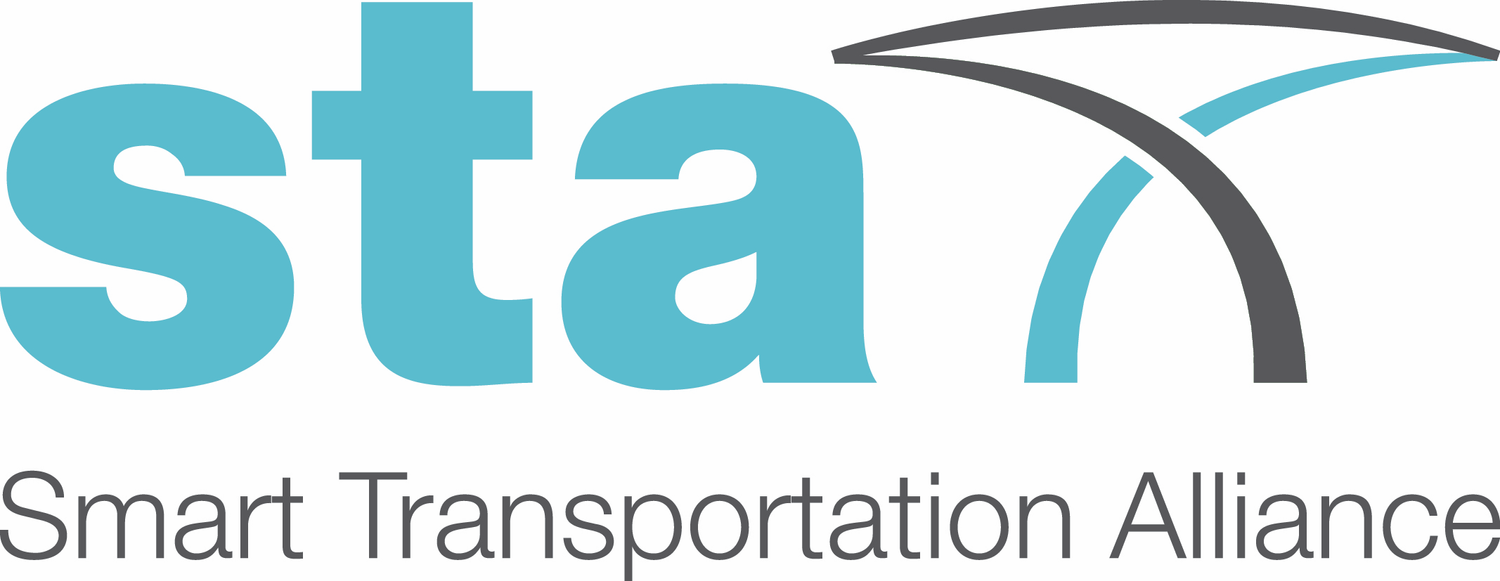STA SMART TALKS WITH JOSÉ MIGUEL PERANDONES (AMAC) ON DIGITAL MAPPING SOLUTIONS FOR HIGHWAYS
In the second episode of the Digitisation of Transport Infrastructures mini-series within the STA Smart Talks podcast, STA President & Host Dr José F. Papí invites Mr José Miguel Perandones, Managing Director of AMAC Europe S.L, to discuss the impact of digital mapping technologies for highways on the digitisation of the transport sector.
One of the main questions in the future digitisation and digitilisation is how we can ensure accurate and reliable data. As digital mapping technologies become increasingly prevalent, experts emphasise the importance of tailoring these solutions to the specific accuracy needs of each application. Mr Perandones explains that determining the right level of precision of the collected data is a crucial first step in successfully implementing these technologies without losing the focus on the expressiveness of the data. Furthermore, he states that ensuring accuracy goes beyond hardware solutions. He advocates for an integrated and more customer-centric approach that takes into account survey planning, network coverage, and on-site validation. This holistic methodology, he argues, is key to delivering reliable and actionable data.
Addressing the associated cost benefits, Mr Perandones highlights the significant savings made possible by digital mapping technologies. He cites examples where costs have been reduced more than tenfold compared to traditional on-site inspections. In addition to the financial advantages, these solutions improve worker efficiency and safety by minimising the need for personnel to be physically present on the roads, which by default decreases the likelihood of accidents.
One of the key points raised during the discussion is the growing importance of road markings and signage for both human drivers and emerging technologies like Advanced Driver Assistance Systems (ADAS) and autonomous vehicles. Mr Perandones explains that accurate mapping of these critical assets is essential for ensuring safe navigation in future transportation systems. However, he argues that a new generation of smart transportation infrastructures is required to support the development of these advanced digital technologies.
Regarding the benefits that surveying road lighting performance can offer, Mr Perandones suggests that dynamic inspection of road lighting can improve safety for both drivers and pedestrians, while also enabling the optimisation of LED lighting systems to extend their lifespan and reduce energy consumption.
As the conversation draws to a close, Dr Papí asks about the role of emerging AI tools and how they might impact the digitisation of road mapping in the future. Mr Perandones expresses confidence that the integration of artificial intelligence will further enhance digital mapping capabilities, automating data processing and providing more intelligent analysis of asset conditions. This, he notes, will make these transformative technologies more accessible, even for transportation networks with limited budgets or of limited scale.
In conclusion, the digitisation of transport infrastructures relies heavily on the effectiveness of digital mapping solutions, which play a crucial role in enhancing accuracy, efficiency, and safety, while contributing to the development of smarter and more sustainable transport systems.
Stay tuned for future episodes, and don’t forget to subscribe to the STA In Action newsletter for the latest updates on the journey towards Smart Transportation Infrastructures.
Author: Eftychia Koliou (Smart Transportation Alliance)

